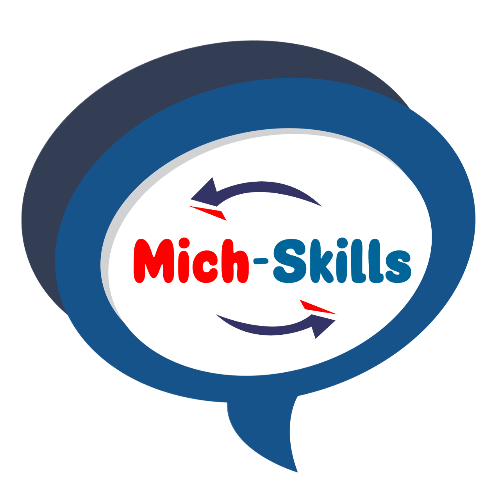LO3. Align the Curriculum Elements
Aligning Teaching for Constructing Learning
In order that the desired learning occurs, the trainer must create a learning environment which all components are aligned to one another. The components start with the learning outcomes. The desired learning outcomes must be related or connected to the training methods. The training methods are relevant to learning activities. And the learning activities have something to do with the assessment. When these components are integrated, the quality of learning is assured.
There are four major steps:
1. Defining the intended learning outcomes
2. Choosing teaching/learning activities likely to lead to the ILOs
3. Assessing students’ actual learning outcomes to see how well they match what was intended;
4. Arriving at a final grade
The Intended Learning Outcome (ILO) must be clear what the trainees must learn. It should specify what topic needs to be understood or what task must be performed. Besides, the trainer must make sure that the desired level of understanding to achieve is put across. This is done by using the appropriate verb or verbs according to Bloom’s Taxonomy. The levels of understanding the trainees must acquire must be reflected in the verb used. For example: if the level of understanding required is that of ‘remembering’, never use verbs aplicable to higher levels of learning.
The ‘alignment’ aspect refers to what the teacher does, which is to set up a learning environment that supports the learning activities appropriate to achieving the desired learning outcomes. The key is that the components in the teaching system, especially the teaching methods used and the assessment tasks are aligned with the learning activities assumed in the intended outcomes. The learner is in a sense ‘trapped’, and finds it difficult to escape without learning what he or she is intended to learn.
In setting up an aligned system, we specify the desired outcomes of our teaching in terms not only of topic content, but in the level of understanding we want students to achieve. We then set up an environment that maximizes the likelihood that students will engage in the activities designed to achieve the intended outcomes. Finally, we choose assessment tasks that will tell us how well individual students have attained these outcomes, in terms of graded levels of acceptability. These levels are the grades we award.
As far as the trainees are concerned, the assessment is the curriculum. They will learn what they think they will be assessed on, not what is in the curriculum, or even on what has been ‘covered’ in the class. Thus, it is wise that the assessment tasks mirror the ILOs.

To the teacher, assessment is at the end of the teaching-learning sequence of events, but to the student it is at the beginning. If the curriculum is reflected in the assessment, as indicated by the downward arrow, the teaching activities of the teacher and the learning activities of the learner are both directed towards the same goal. In preparing for the assessments, students will be learning the curriculum.

| Levels of Learning | Description | Verbs |
| Level 1: Remembering | Recalling relevant knowledge from long term memory | Recognizing, recalling, outlining, describing, identifying, listing, labelling |
| Level 2: understanding | making sense of the material learned | Interpreting, exemplifying, classifying, summarizing, inferring, comparing and explaining, paraphrasing, retelling, generalizing |
| Level 3: applying | Using the knowledge gained in new ways | Executing, implementing, using, solving, showing, predicting, applying, demonstrating |
| Level 4: analyzing | Breaking the concept into parts and understanding how each part is related to one another | Differentiating, organizing, attributing, inferring, deconstructing, differentiating, comparing, analyzing |
| Level 5: evaluating | Making judgments based on a set of guidelines | Checking, evaluating, appraising, concluding, critiquing |
| Level 6: creating | Putting information together in an innovative way | Producing, generating, planning, writing, generating, designing, combining, devising, modifying |
Exercises:
1. Find the qualification title from TESDA’s website. On the main page, you click ‘Programs and Services’. In the drop-down menu, click ‘Training Regulations’. Under the Training Regulations are listed the competency-based curriculum of various qualification titles.
Choose the qualification title of your interest. Then, enter the appropriate information in the given table below.
For example:
| Qualification Title | Unit of Competency | Learning Outcome | Verb |
| Automotive Servicing NC I | perform periodic maintenance of automotive engine | -Prepare for inspection and service engine -Inspect engine -Service engine | -prepare -inspect -service |
| Automotive Servicing NC II | -service automotive battery | -Test automotive battery -Remove and replace batteries. -Service and charge batteries. -Jump-start vehicle | -test -remove -service -jump-start |
Source:
Biggs, J.B. (2003). Teaching for quality learning at university. Buckingham: Open University Press/Society for Research into Higher Education. (Second edition)
